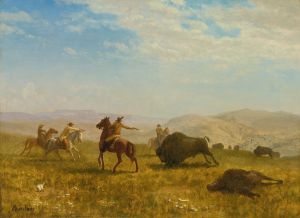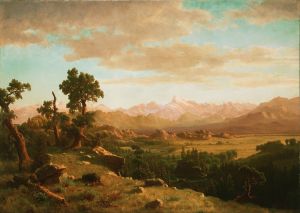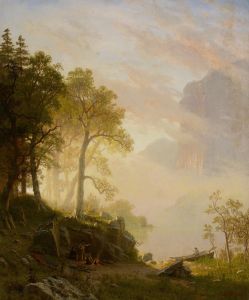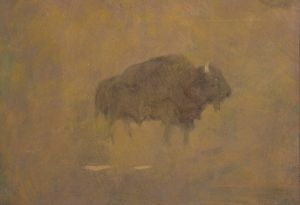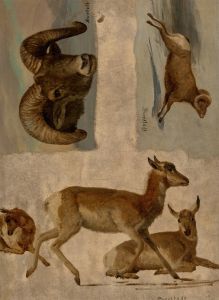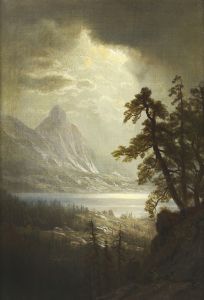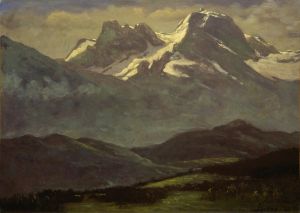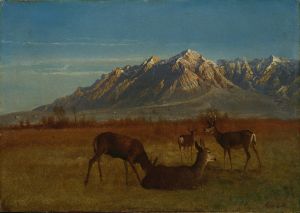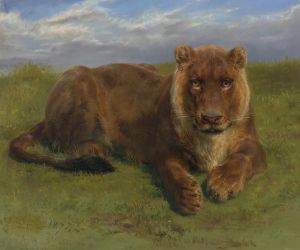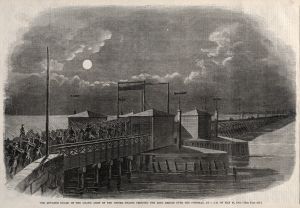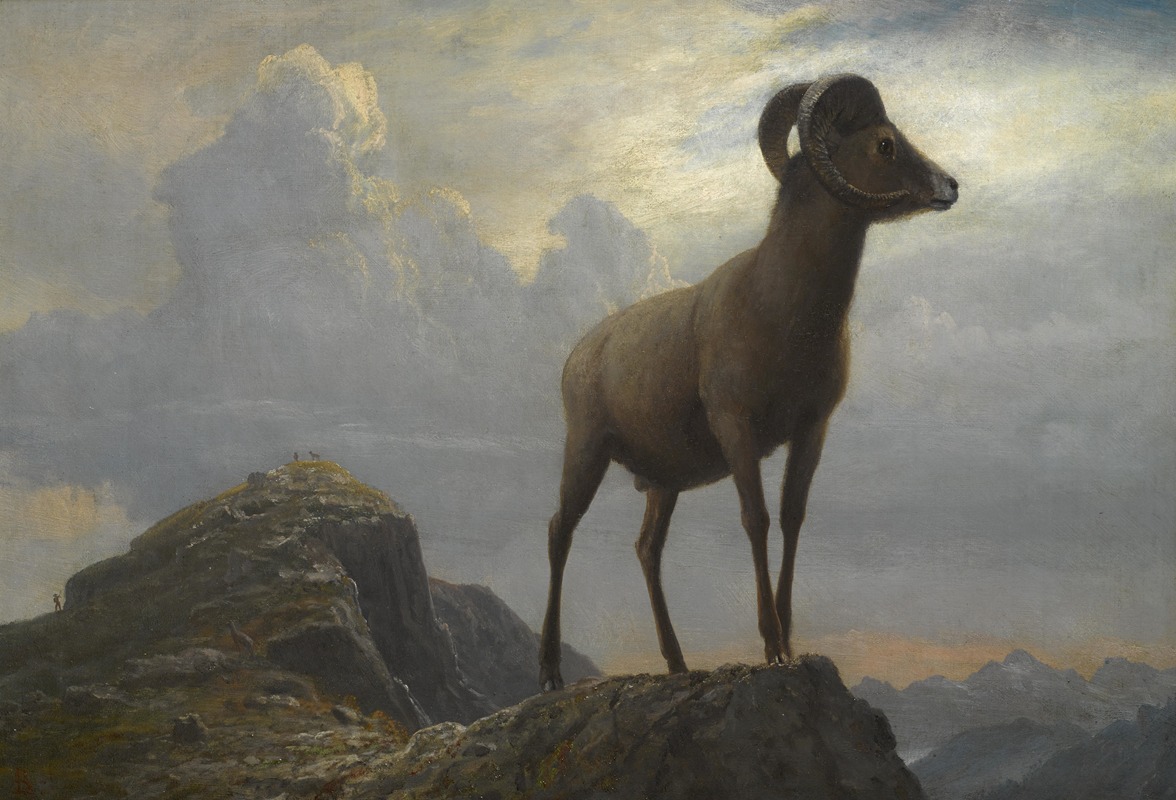
Study Of A Bighorn Ram
A hand-painted replica of Albert Bierstadt’s masterpiece Study Of A Bighorn Ram, meticulously crafted by professional artists to capture the true essence of the original. Each piece is created with museum-quality canvas and rare mineral pigments, carefully painted by experienced artists with delicate brushstrokes and rich, layered colors to perfectly recreate the texture of the original artwork. Unlike machine-printed reproductions, this hand-painted version brings the painting to life, infused with the artist’s emotions and skill in every stroke. Whether for personal collection or home decoration, it instantly elevates the artistic atmosphere of any space.
Albert Bierstadt was a renowned 19th-century American painter, best known for his large landscapes of the American West. His work, "Study of a Bighorn Ram," is a notable example of his ability to capture the essence of wildlife and the natural environment. Bierstadt was part of the Hudson River School, a mid-19th century American art movement embodied by a group of landscape painters whose aesthetic vision was influenced by romanticism.
"Study of a Bighorn Ram" reflects Bierstadt's meticulous attention to detail and his fascination with the American wilderness. Although specific details about the creation of this particular study are limited, it is consistent with Bierstadt's broader body of work, which often involved extensive field studies and sketches that he later used as references for his larger, more elaborate paintings.
Bierstadt was born in Germany in 1830 and emigrated to the United States with his family in 1831. He returned to Germany in 1853 to study painting at the Düsseldorf School, where he honed his skills in realism and developed a keen eye for detail. Upon returning to the United States, Bierstadt joined several expeditions to the American West, where he gathered inspiration and material for his paintings. These journeys allowed him to observe and document the landscapes and wildlife that would become central themes in his work.
The bighorn ram, a species native to North America, was a subject that fit well within Bierstadt's interest in the majestic and untamed aspects of the American landscape. Bighorn sheep are known for their large, curved horns and their ability to navigate the rugged terrain of the Rocky Mountains and other mountainous regions. Bierstadt's study captures the animal's strength and grace, emphasizing its role as a symbol of the wilderness.
Bierstadt's work, including "Study of a Bighorn Ram," played a significant role in shaping the perception of the American West during the 19th century. His paintings were celebrated for their dramatic use of light and shadow, as well as their grand scale and attention to detail. Bierstadt's ability to convey the vastness and beauty of the American landscape helped to fuel interest in westward expansion and the conservation of natural spaces.
While "Study of a Bighorn Ram" may not be as widely recognized as some of Bierstadt's larger works, it remains an important piece within his oeuvre. It exemplifies his skill in capturing the essence of wildlife and his dedication to portraying the natural world with accuracy and reverence. Bierstadt's legacy as a painter of the American West endures, and his studies, such as this one, continue to be appreciated for their artistic and historical significance.





